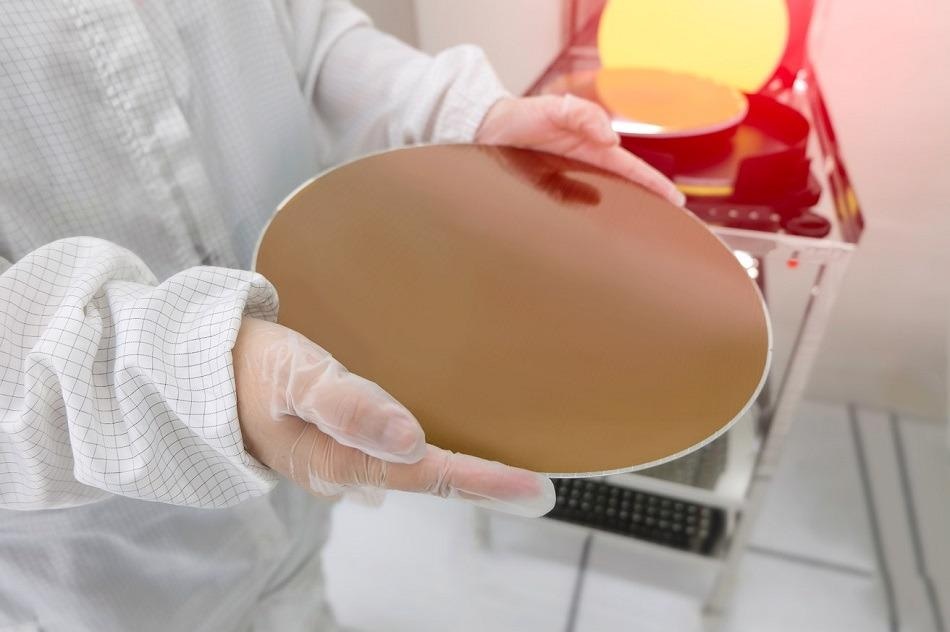Feb 25 2021

Teledyne Imaging, a Teledyne Technologies company [NYSE: TDY], represented by Teledyne’s Princeton Instruments, Photometrics, e2v, DALSA, Acton Optics, and Lumenera will showcase their newest technologies at the SPIE’s Photonics West Digital Forum taking place March 6-11, 2021.
Visitors to the virtual event can expect a wide range of new products and innovative solutions for scientific imaging and spectroscopy at the Teledyne Imaging digital marketplace storefronts. Product and application specialists will be available to text and video chat with you about your specific requirements. There will also be recorded product and application videos in addition to traditional technical sessions.
New products introduced by Teledyne Imaging companies at Photonics West:
- Teledyne e2v announces a new addition to its CCD261-04 spectroscopy image sensor platform with a HiRho structure allowing the sensor to operate on Silicon 10x thicker than a typical CCD and 20x thicker than a typical CMOS sensor, providing excellent performance both in the NIR and X-ray.
- Teledyne Princeton Instruments announces significant improvements in both hardware and software in their TriVista multi-stage spectrometers. TriVista double and triple spectrometers offer high spectral resolution and superior stray light rejection, allowing Raman measurements as close as a few wavenumbers from a laser excitation line.
- Teledyne Imaging’s LACera™ Technology is a significant step forward in advanced CMOS imaging that will enable the future of scientific discovery. Applications as diverse as next-generation genomics, astronomical photometry, ultra-high-resolution x-ray, and electron imaging require CMOS sensors and cameras with low light sensitivity and speed. LACera CMOS technology delivers greater than 90% quantum efficiency and proprietary low noise architecture with up to 18-bit readout – a combination of performance not previously available in wafer-scale sensors.
- Teledyne Photometrics Evolve™ 10, 13, and 16 μm pixel size, high-resolution, back-illuminated EMCCD cameras provide high sensitivity (>95%) for the lowest light applications in life sciences. With proprietary Teledyne technology throughout, Evolve provides a new standard in EMCCD performance and reliability including ultra-high-speed readout and highly stabilized deep cooling. For single-molecule imaging, TIRF microscopy, and more, Evolve achieves the best imaging performance when every photon counts.
- Teledyne Imaging will feature their Genie™ Nano cameras, compact, robust cameras with unprecedented speed and uncompromised image quality. The Genie Nano redefines low-cost performance.